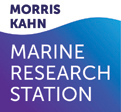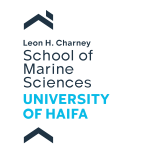Dolphin Catalogue
This catalogue is a collection of uniquely identified bottlenose dolphin dorsal fin photos from the Israeli population. The following information is indicated for each dolphin: first and last sighting, area (S=South, C=central, N=North), sex if known, and other essential information.



